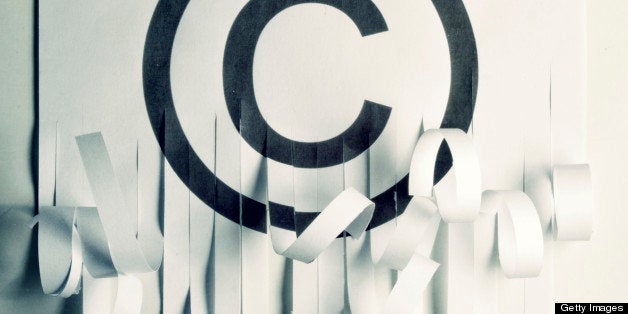
I'm all for open-source. I recommend that writers with whom I work give away their work, either by chapters or the whole book. This usually leads to a spike in actual sales, as many self-published authors have found -- you probably notice that Amazon has daily deals where certain books are offered to Amazon Prime members for loan, or for free. If you're on the mailing sites of thriller writers or other genre authors, you probably have received notice of special free or low-price downloads of new or backlist titles.
But when it comes to images, it's been a little harder. Museums have been tricky about this, since they want to protect their images and try to capitalize on whatever source of income they can manage. But I was happy to see that the Rijksmuseum in Amsterdam, newly renovated, is offering high-quality digital images of its collection. The National Gallery of Art in Washington is also doing this, and has made something like 25,000 images available for generally non-commercial use.
As a spokeswoman for the National Gallery says, in the New York Times article linked to above, "Sharing is what museums need to learn to do."
The Rijksmuseum, through its new site Rijksstudio, goes even beyond that by suggesting ways in which images can be used, which is certainly more forward-thinking (or cheapening, depending on how you view the manipulation of visual arts) than you'd expect from a hallowed cultural institution.
But what the Rijksmuseum is doing is in the spirit of the age: enabling collaboration. Art is not made in a vacuum and modern art often comments on existing art in ways that both respect and play with it, in the process often creating something new.
This is heartening, especially as many companies try to extend copyrights of profitable brands or iconic images well beyond older limits, so fewer and fewer iconic images (think of Mickey Mouse) enter the public domain.
This is a shame -- this can limit the creative use of well-known or classic works to create new works. But both the National Gallery and, particularly, Amsterdam's Rijksmuseum, have faith not only in the power of the existing art, but also trust in the public to allow their images to be set free.